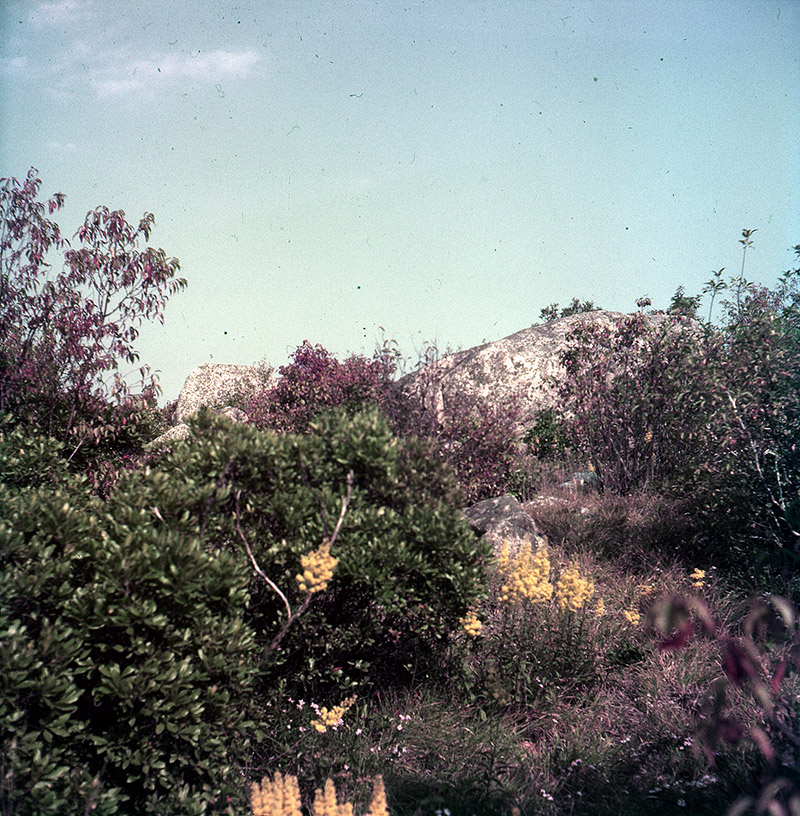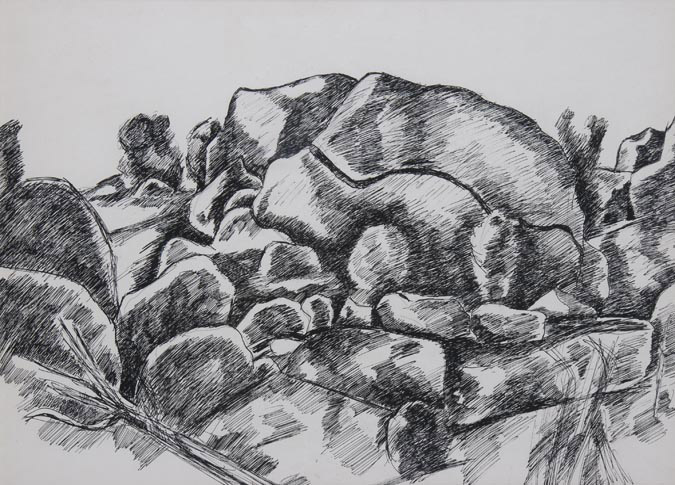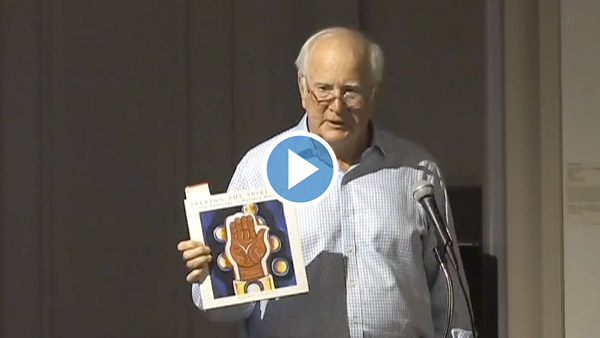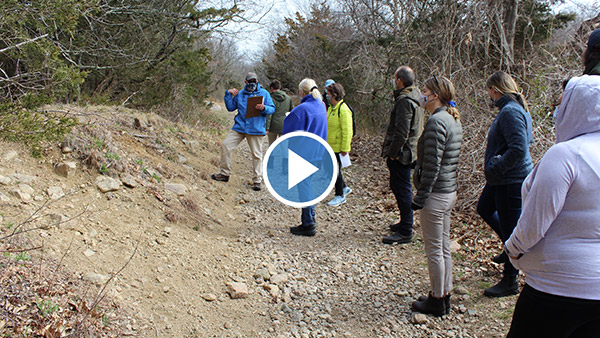
Ed Touchette, Red Landscape #1, Dogtown, 2006, acrylic on canvas. Collection of the Cape Ann Museum, Gloucester, MA. Gift of the artist, given in memory of Dana Todd, 2007 [Acc. #2007.12].

Dear Friends,
In honor of Earth Day, today’s issue of CAM Connects celebrates nature, the history as well as those artists inspired by their encounters with Cape Ann’s Dogtown. With this year’s spring blooms now in full effect, please join us in looking back to the spring 2020 issue of CAM Connects and contemplate the unprecedented times we have all endured during this past year.
Thanks to the efforts of the Museum's docent volunteers, CAM is excited to announce the introduction of a new walking tour itinerary investigating Dogtown's history and the families for whom it was home. More information about these tours can be found below. The maps and videos featured here, as well as related items available in CAM’s online shop all set the stage for another dynamic season of tours and outdoor exploration with the Cape Ann Museum.
Many of the works featured throughout this issue of CAM Connects are currently on display in the galleries, so please also make a reservation to visit CAM this month and experience for yourself the beauty of Dogtown as seen through an artist's eyes.

Oliver Barker, Director
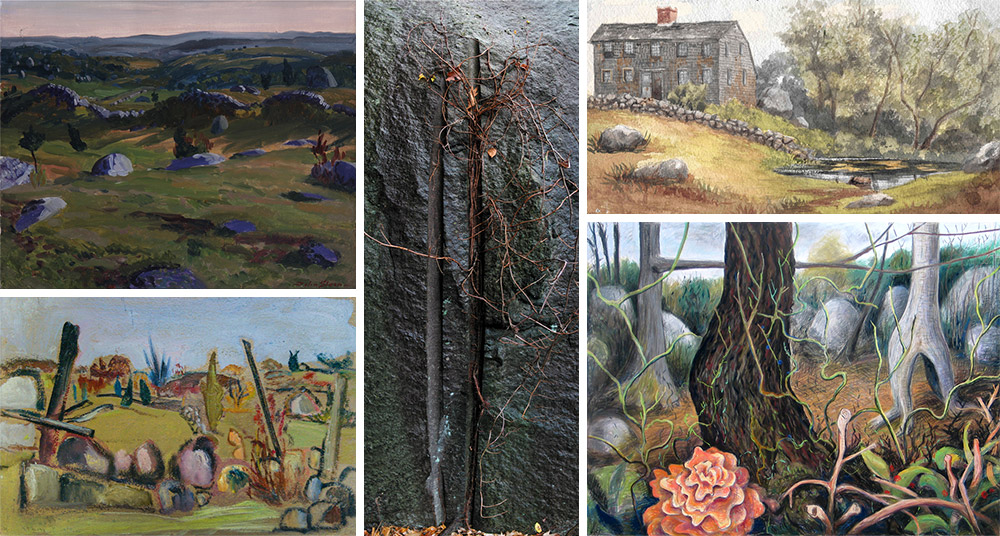
Clockwise: John Sloan (1871-1951), Dogtown, Ruined Blue Fences, 1916, oil on canvas. Gift of Dr. and Mrs. Hollon W. Farr, 1991 [Acc. #2736.2]. Leslie Barlett, Chapters on a Quarry Wall I, 2003, photograph. Gift of the artist, 2013 [Acc. #2014.27.1]. Audella Beebe Hyatt (1840-1932), The Castle, Dogtown Common, 1884, watercolor on paper. Gift of the artist, 1928 [Acc. #536.6]. Gabrielle Barzaghi, Catbriers, 2012, pastel and charcoal on paper. Gift of the artist, 2012 [Acc. #2012.101.1]. Helen Stein (1896-1964), Untitled [Dogtown], early 20th century, oil on panel. Gift of James F. O’Gorman and Jean Baer O’Gorman, 2015 [Acc. #2015.057.13]. Collection of the Cape Ann Museum, Gloucester, MA.

Clockwise: X.D. Tingley, The Deserted Village of Dogtown in Gloucester Massachusetts, 1901, map. Nathalie Diamond Clough, Dogtown, Deserted Village Cellars , 1901, map–front and back. Isaac F. Day, Dogtown, 1880, map. Howard Curtis, Houses of Dogtown, 1970, map. Unknown, Map of Dogtown, 1951. Collection of the Cape Ann Museum Library & Archives, Gloucester, MA.


